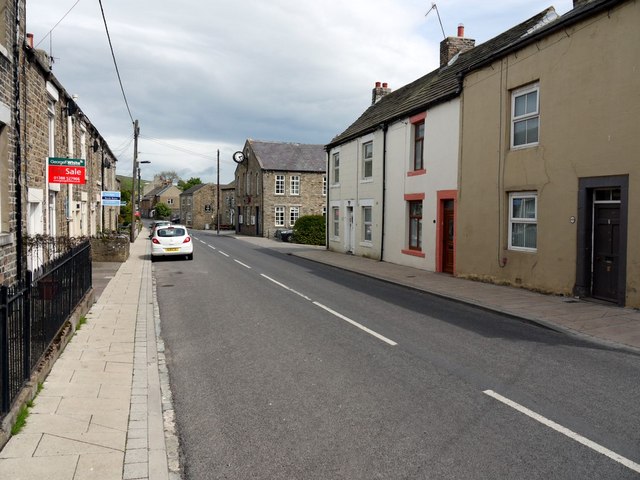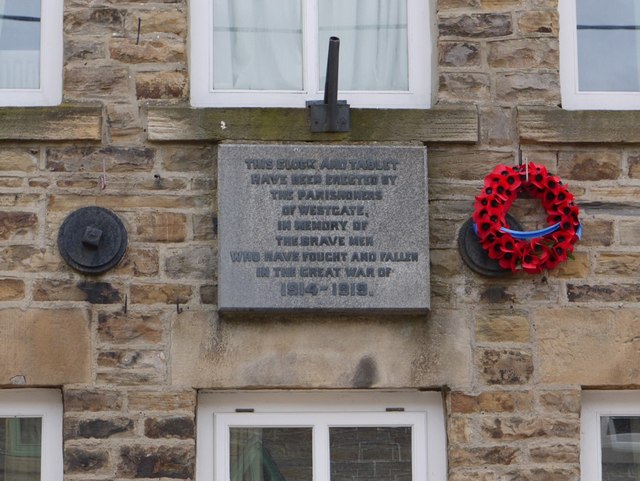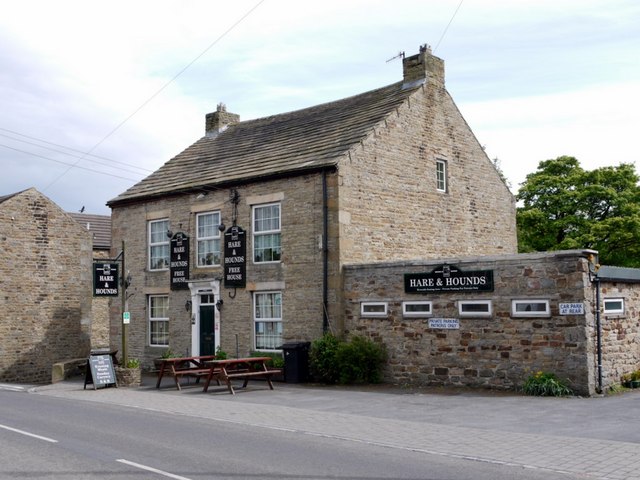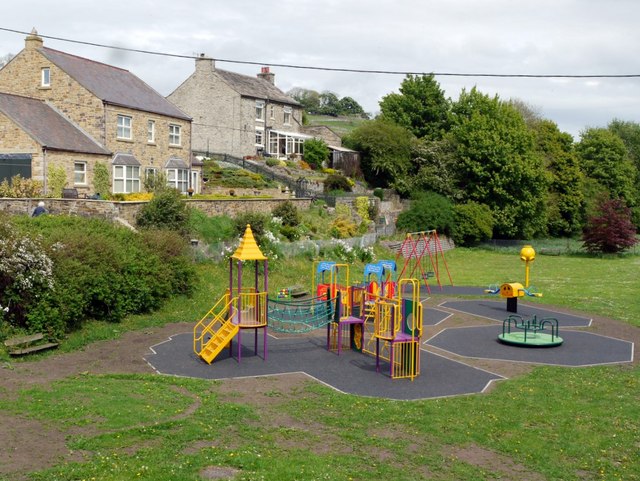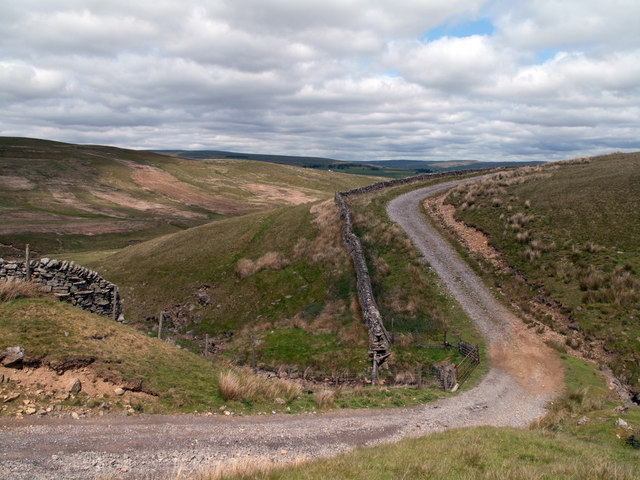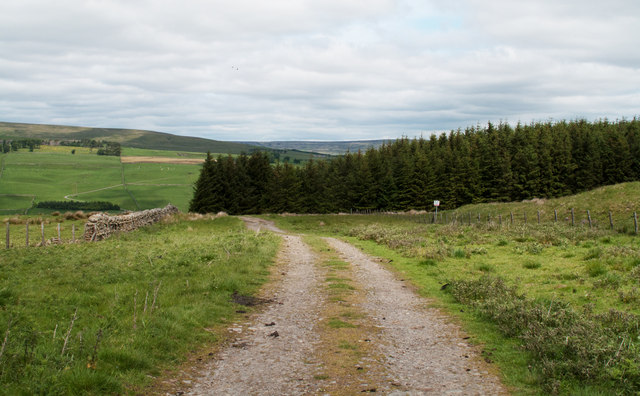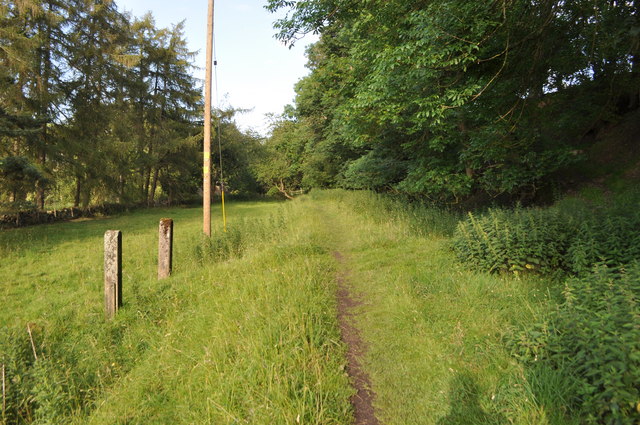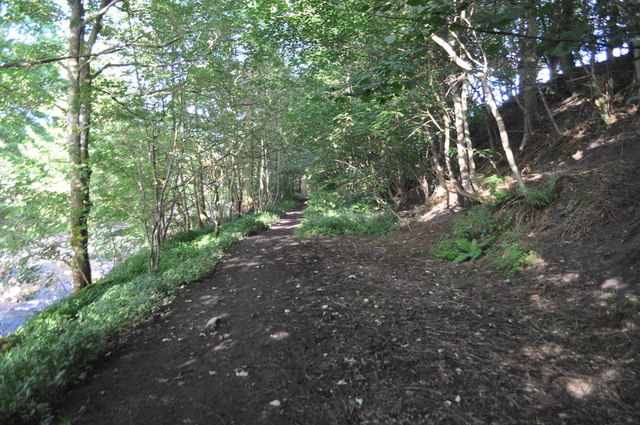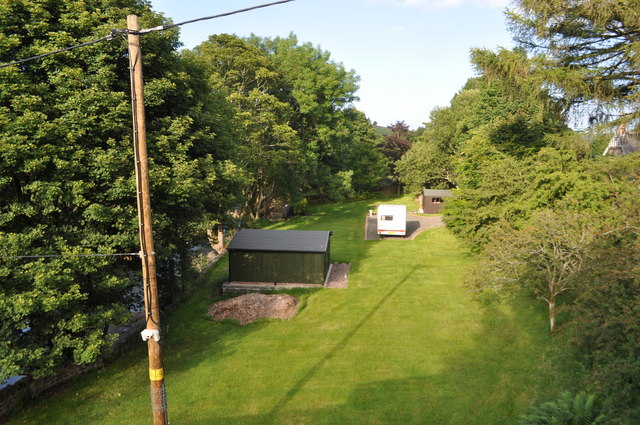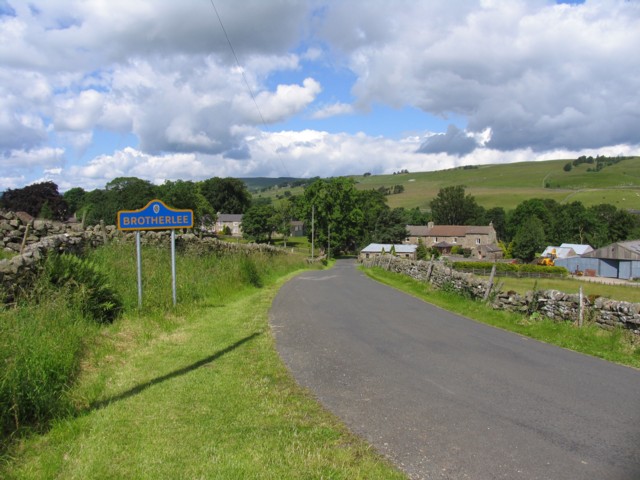Ley Plantation
Wood, Forest in Durham
England
Ley Plantation
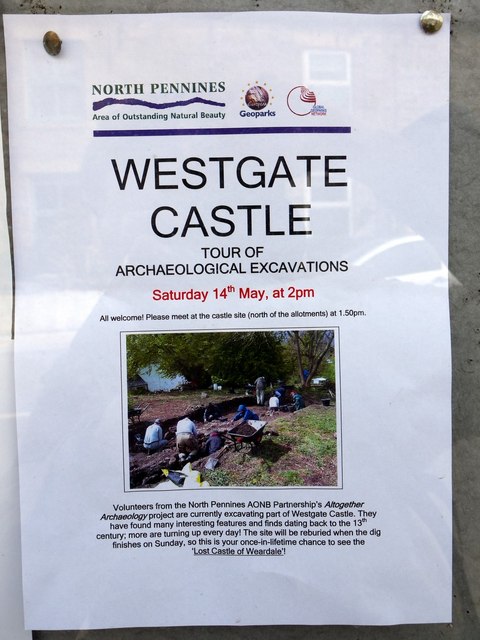
Ley Plantation, located in Durham, England, is a sprawling woodland area known for its natural beauty and diverse flora and fauna. Covering an expansive area, the plantation is a popular destination for nature enthusiasts, hikers, and those seeking a tranquil escape from the bustling city life.
The woodland is primarily composed of a mix of deciduous and coniferous trees, including oak, beech, birch, and pine, creating a rich and vibrant tapestry of colors throughout the seasons. The forest floor is adorned with a variety of wildflowers, ferns, and mosses, adding to the enchanting atmosphere.
Ley Plantation boasts an extensive network of well-maintained trails, allowing visitors to explore the area at their own pace. The paths wind through the woodlands, offering picturesque views of ancient trees, babbling brooks, and charming wildlife habitats. Birdwatchers can delight in the diverse avian population, with species such as woodpeckers, owls, and various songbirds frequently spotted in the canopy.
For history enthusiasts, Ley Plantation holds significant cultural value. The woodland was once part of the larger Hetton Estate, which dates back to the medieval period. Remnants of the estate's past can still be seen in the form of old boundary walls and the occasional ruins of former structures.
Ley Plantation is a true haven for nature lovers and offers a peaceful and rejuvenating experience for all who visit. Whether one seeks a leisurely stroll, a challenging hike, or simply a moment of tranquility amidst nature, this Durham woodland provides a captivating and memorable experience.
If you have any feedback on the listing, please let us know in the comments section below.
Ley Plantation Images
Images are sourced within 2km of 54.727784/-2.1196524 or Grid Reference NY9236. Thanks to Geograph Open Source API. All images are credited.
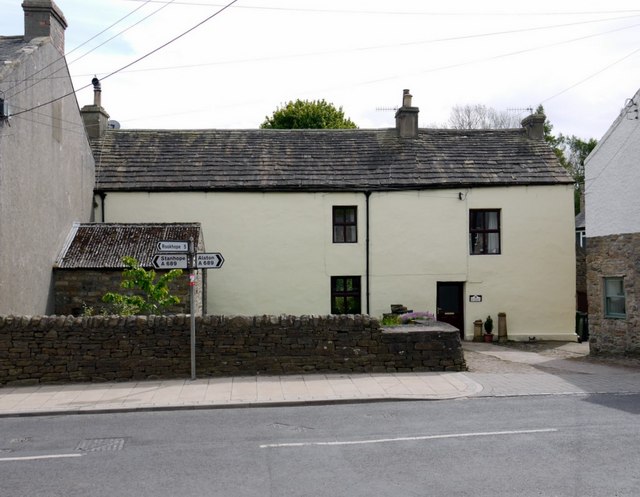
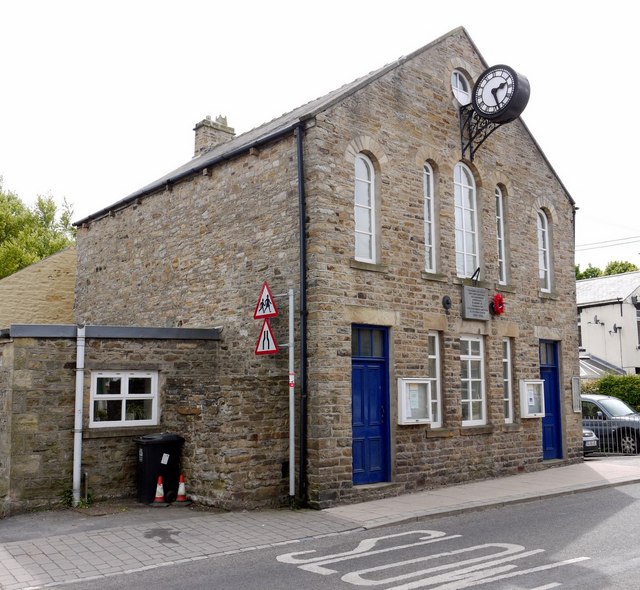
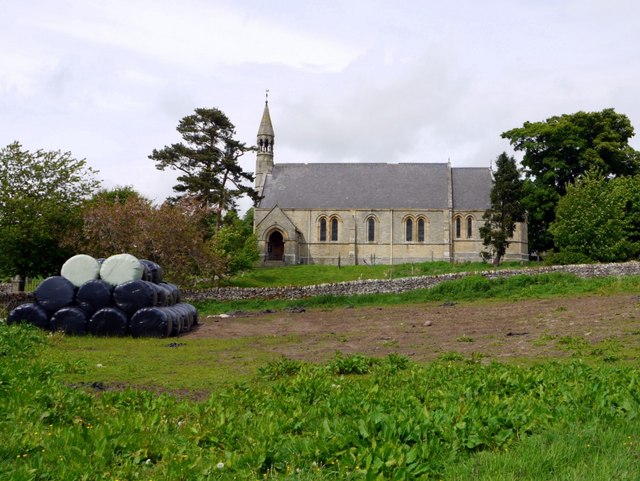
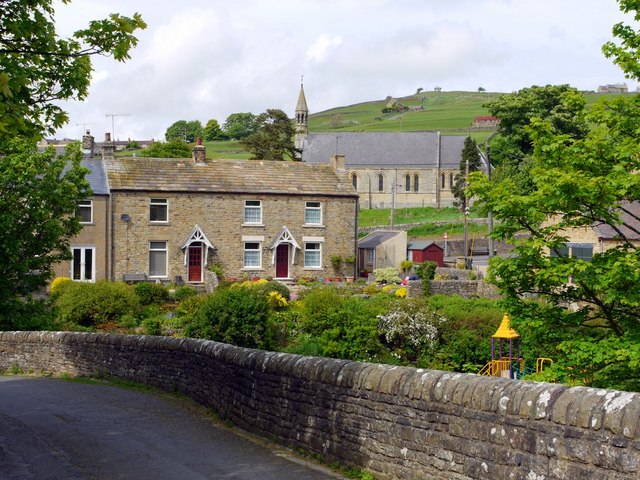
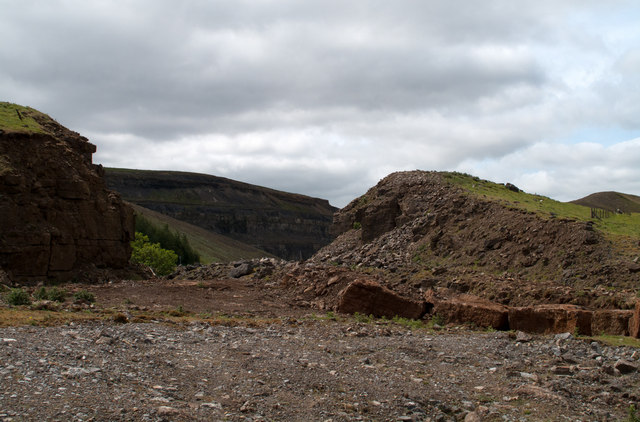
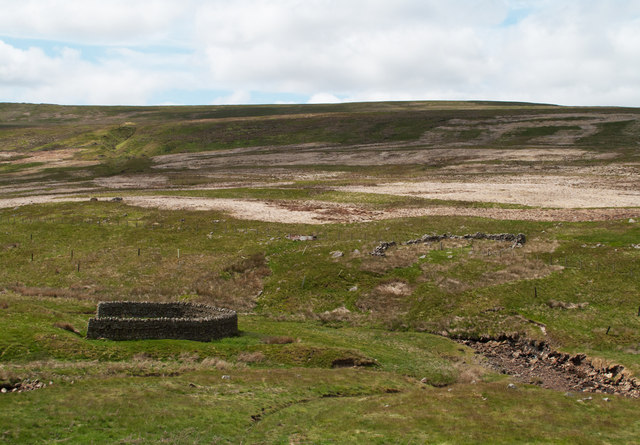
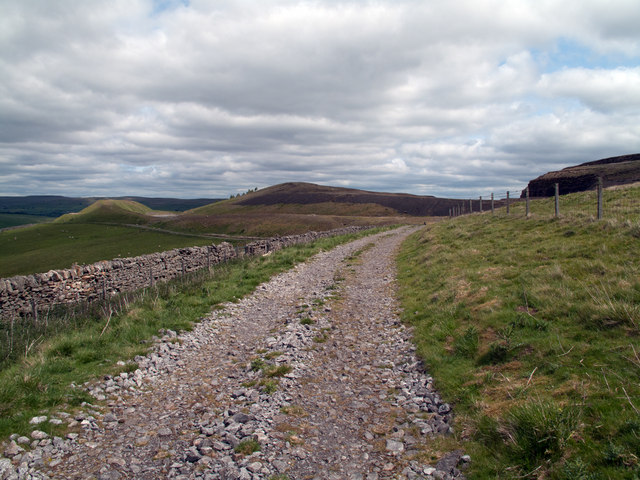
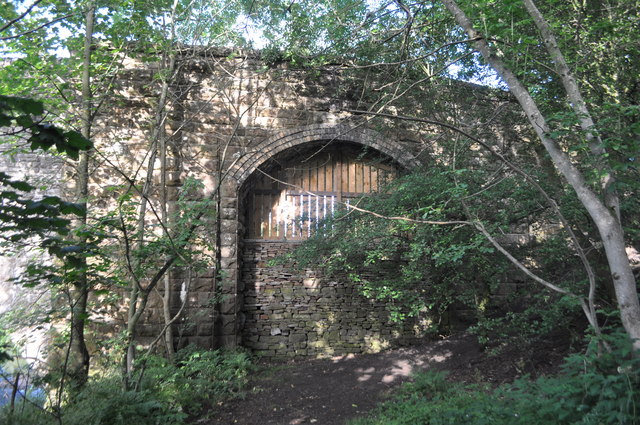
Ley Plantation is located at Grid Ref: NY9236 (Lat: 54.727784, Lng: -2.1196524)
Unitary Authority: County Durham
Police Authority: Durham
What 3 Words
///heaven.handle.kings. Near Stanhope, Co. Durham
Nearby Locations
Related Wikis
Brotherlee
Brotherlee is a small village in the civil parish of Stanhope, in County Durham, England situated on the south side of Weardale, between Stanhope and Daddry...
Westgate, County Durham
Westgate is a village in the civil parish of Stanhope, in County Durham, England. It is situated in Weardale between St John's Chapel and Eastgate. In...
North Pennines
The North Pennines is the northernmost section of the Pennine range of hills which runs north–south through northern England. It lies between Carlisle...
Westernhope Burn Wood
Westernhope Burn Wood is a Site of Special Scientific Interest in the Wear Valley district of south-west County Durham, England. It occupies the steeply...
Nearby Amenities
Located within 500m of 54.727784,-2.1196524Have you been to Ley Plantation?
Leave your review of Ley Plantation below (or comments, questions and feedback).
